

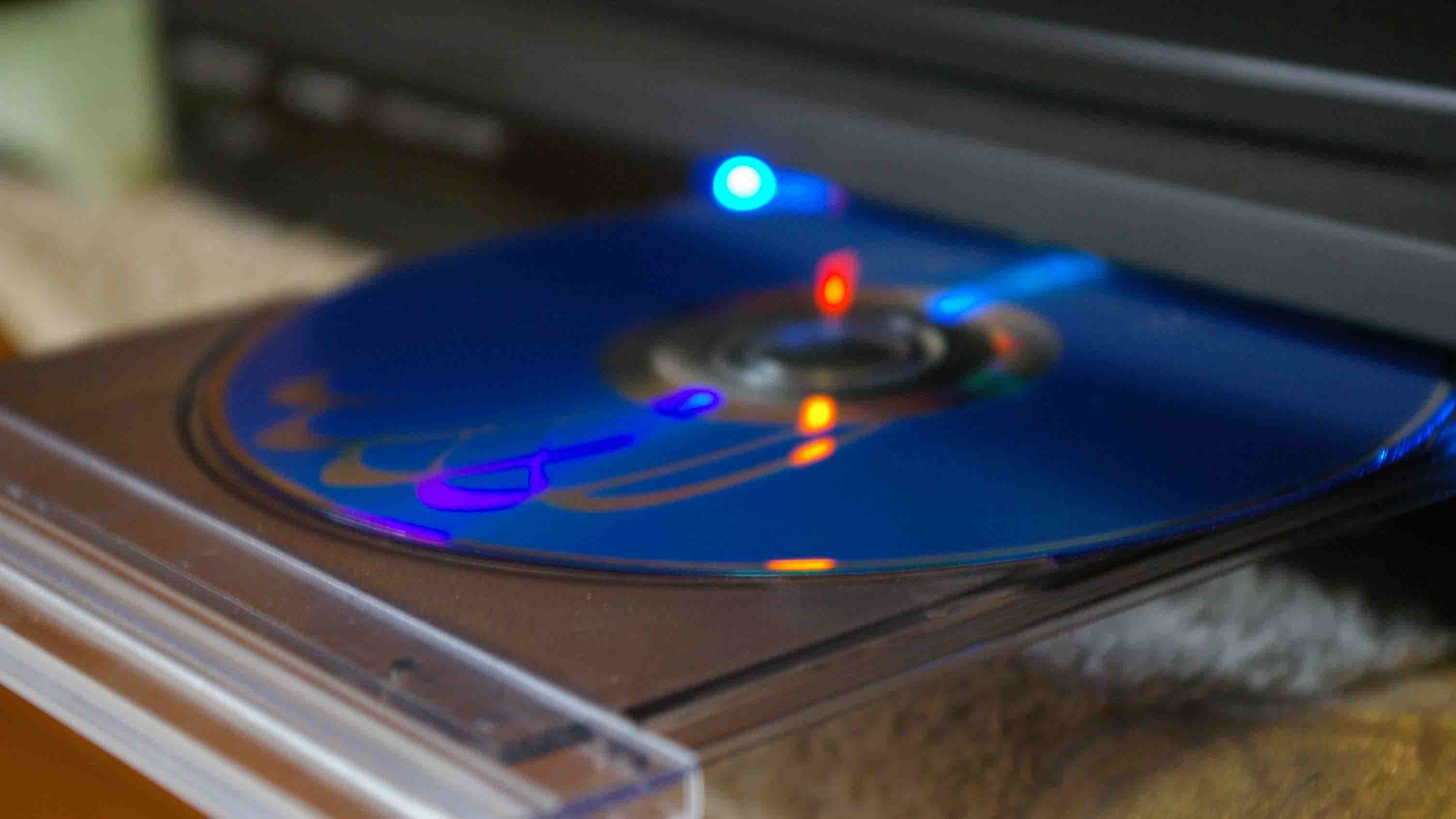
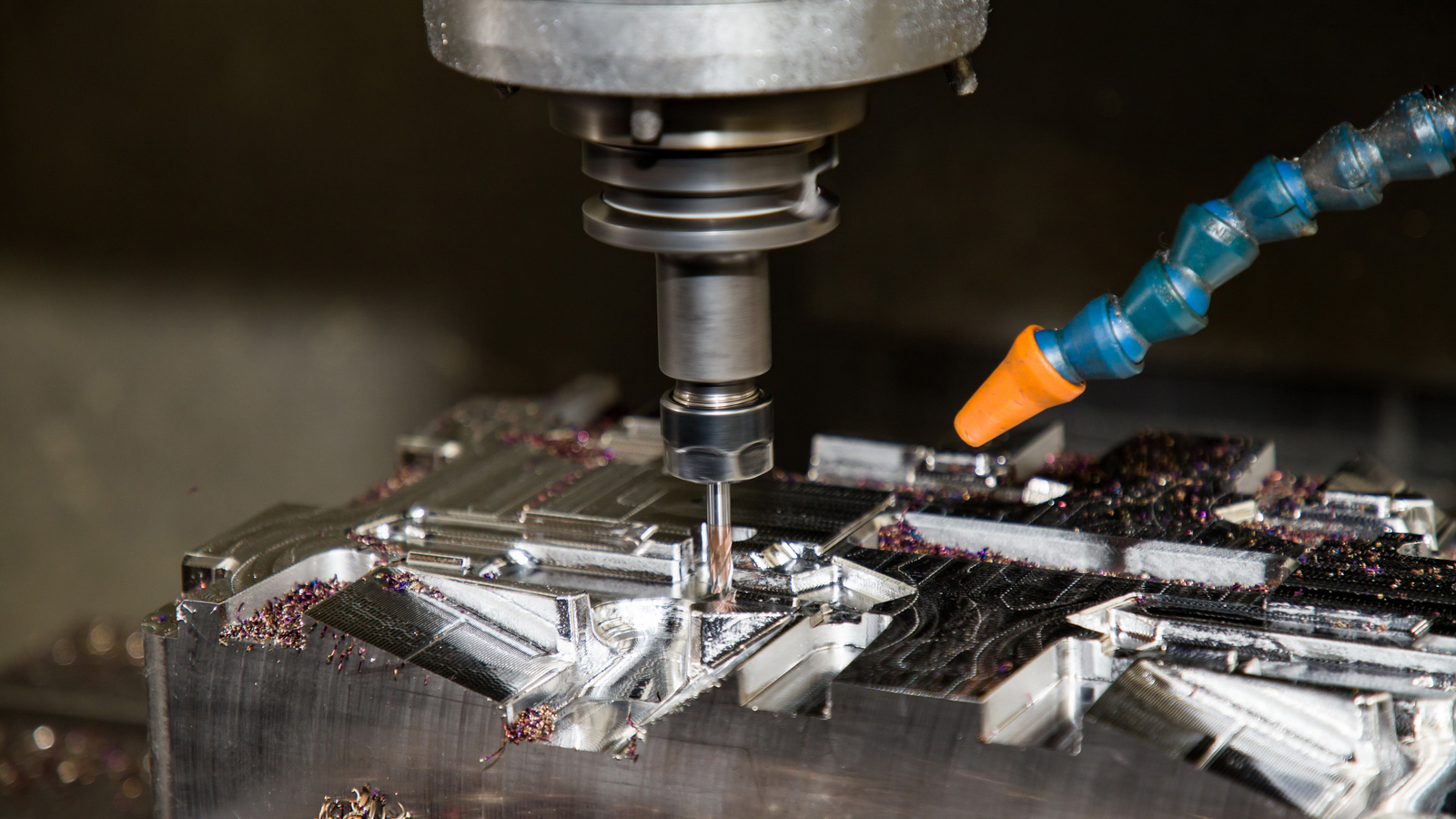

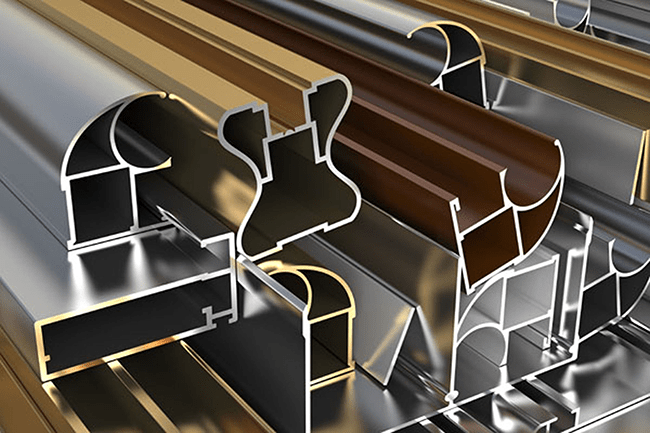
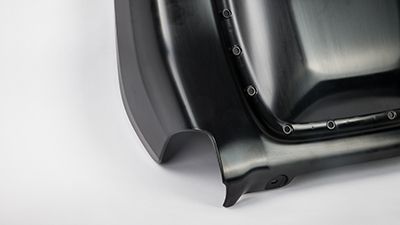
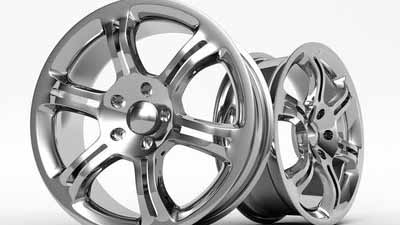


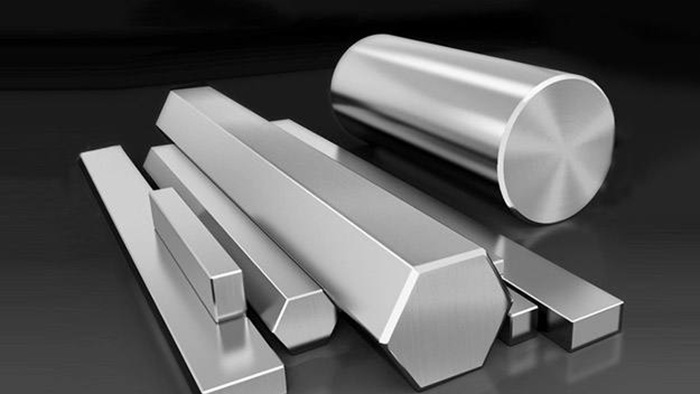
apid CNC Machining: A Detailed Overview
1. Executive Summary
Rapid CNC Machining refers to the
use of Computer Numerical Control (CNC) machining technologies—specifically milling and turning—in an
accelerated, highly efficient manner to produce functional prototypes, tooling
components, and low-volume production parts in the shortest possible lead time.
It prioritizes speed-to-market over ultimate
per-part cost-efficiency, making it a cornerstone of agile manufacturing and
rapid prototyping.
While based on
traditional CNC processes, it is distinguished by optimized workflows,
strategic machining approaches, and a focus on eliminating bottlenecks.
2. Core Principles & Key Characteristics
The philosophy of Rapid CNC Machining is
built on several key principles:
3. The Rapid CNC Machining Workflow
The speed is
achieved by streamlining every stage of the process:
1. Digital Preparation
(CAD/CAM)
2. Machine Setup
3. Machining Execution
4. Post-Processing &
Finishing
4. Key Technologies & Equipment
5. Materials for Rapid CNC Machining
Material choice is a key speed factor. Softer
materials machine faster.
|
Material |
Machinability |
Typical Use Case |
|
Machining Wax / RenShape |
Excellent (Very Fast) |
Prototype Masters for silicone
molding (Vacuum Casting) or for visual models. |
|
Aluminum (6061, 7075) |
Excellent |
The most common material for
functional prototypes. Good strength-to-weight ratio, fast to machine. |
|
Plastics (POM/Delrin, Nylon, PC, ABS) |
Good |
For prototypes requiring electrical
insulation, low friction, or specific chemical resistance. |
|
Brass & Copper |
Good |
For aesthetic models, electrical
components, and parts requiring high thermal conductivity. |
|
Stainless Steel (304, 316) |
Fair (Slower) |
For high-strength, corrosion-resistant
functional prototypes that must mimic final part performance. |
|
Titanium (Ti-6Al-4V) |
Difficult (Slow) |
For aerospace, medical, and
high-performance applications where strength-to-weight ratio is critical. |
6. Advantages of Rapid CNC Machining
7. Limitations & Considerations
8. Comparison with Additive Manufacturing (3D Printing)
|
Feature |
Rapid CNC Machining |
Additive Manufacturing (e.g., SLA, SLS,
DMLS) |
|
Best For |
High-strength, functional parts. Precision
components. Parts that must be made from a specific metal/plastic. |
Highly complex geometries. Lattice
structures. Consolidating assemblies. Low-strength visual prototypes. |
|
Speed |
Very fast for lead time
(1-3 days). |
Fast for complex parts, but can be slow for
dense, large parts. |
|
Material Strength |
Excellent, isotropic (same
in all directions). |
Can be good, but often anisotropic (weaker in one
direction) and/or porous. |
|
Surface Finish |
Smooth directly from
the machine. |
Layered surface; often requires
post-processing to be smooth. |
|
Cost Driver |
Part complexity, material cost, machine
time. |
Part volume, support structures, and
post-processing. |
Conclusion
Rapid CNC Machining is an indispensable
technology in the product development toolkit. It fills the critical need for high-quality, durable, and material-accurate parts within a timeframe that supports iterative design and rapid market entry. When
performance, precision, and timing are paramount, Rapid CNC is often the
optimal manufacturing solution.